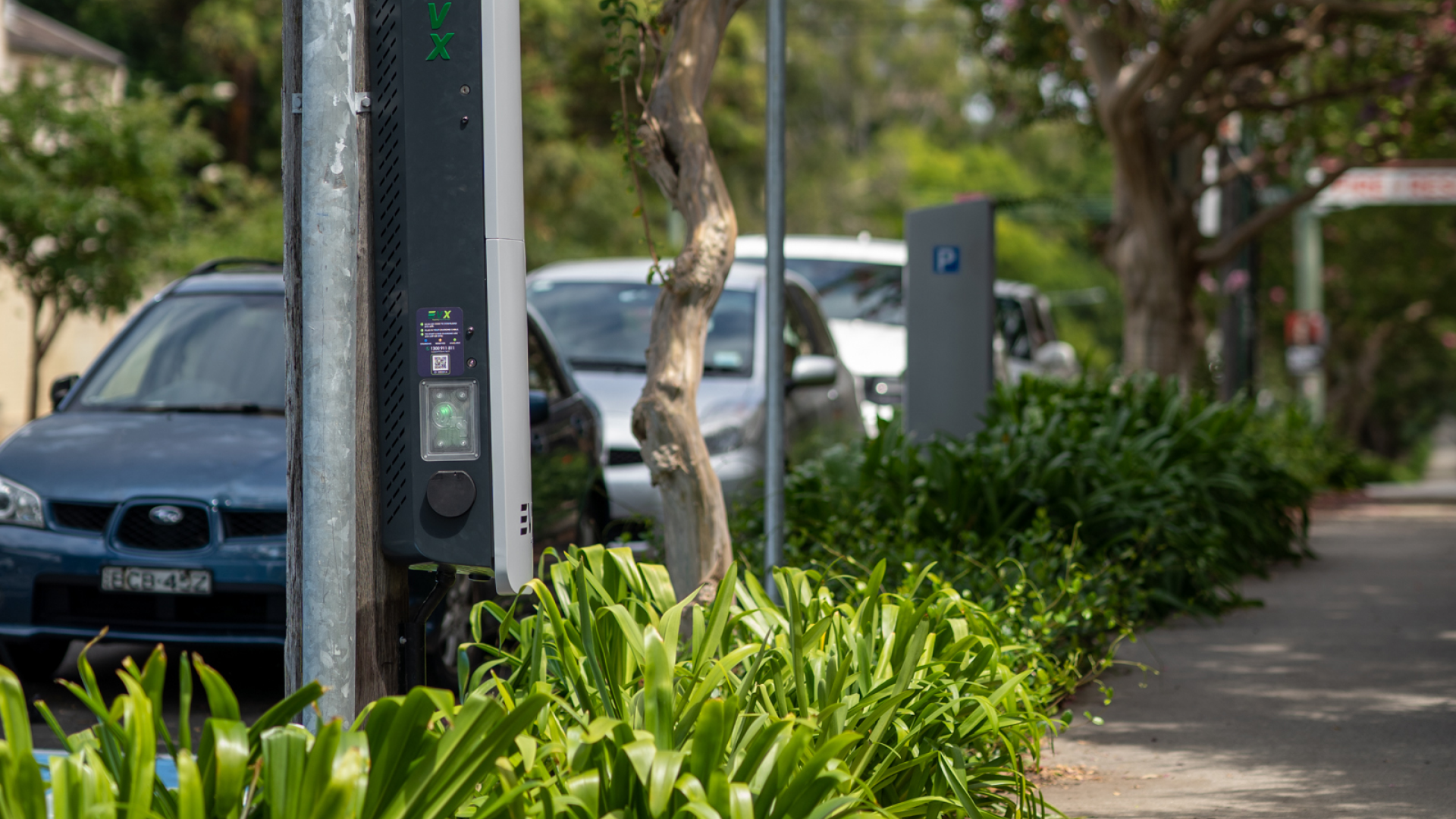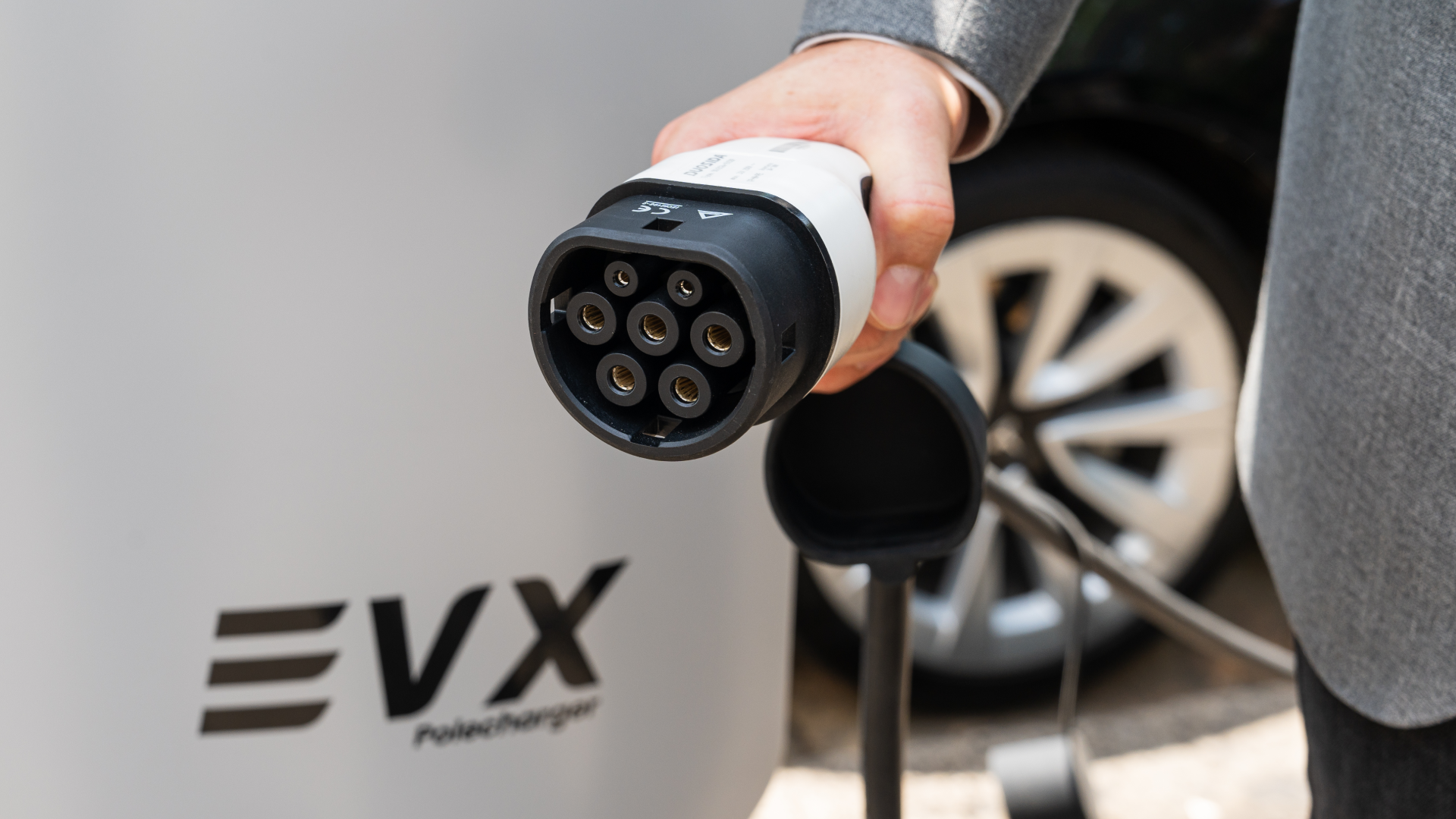Electric vehicles (EVs) produce fewer direct emissions, are quieter, and contribute to reduced air pollution in urban areas. However, when we talk about sustainability in the context of EVs, it’s essential to consider the entire lifecycle of these vehicles, including how they are charged.
To understand the sustainability of EV charging, we must look beyond the zero-emission tailpipe to consider the environmental and economic impacts of EV charging infrastructure.
The Promise of Zero Emissions
One of the most significant advantages of EVs is their potential for zero tailpipe emissions. Traditional gasoline and diesel vehicles emit greenhouse gases and other pollutants that harm air quality and contribute to climate change. EVs, on the other hand, are powered by electricity and produce zero tailpipe emissions. This alone has made them an attractive option for environmentally conscious consumers and policymakers aiming to reduce the carbon footprint of the transportation sector.
Charging Up: The Sustainability Challenge
While the zero-emission aspect of EVs is undoubtedly promising, the sustainability of electric vehicles goes beyond their lack of tailpipe emissions. To assess how eco-friendly EVs truly are, we must examine the entire lifecycle of these vehicles, including the sources of the electricity used for charging and the environmental impact of manufacturing EVs.
- Infrastructure
EV charging infrastructure is a vital component of sustainable transportation. Public charging stations, workplace chargers, and home charging solutions all contribute to the convenience and practicality of EV ownership. However, the environmental impact of building and operating these charging stations must be considered.
Our EVX Polecharger, designed to integrate with existing infrastructure, boasts a compact and unobtrusive form. This approach not only minimises visual impact but also leads to more sustainable manufacturing processes by reducing the materials and resources required for production and installation.
- Electricity Sources
The environmental impact of EV charging largely depends on the sources of the electricity used. Ideally, sustainable charging would involve electricity generated from renewable sources like wind, solar, or hydropower. Such energy generation methods produce little to no greenhouse gas emissions and have a minimal environmental footprint.
At EVX, our mission is to enable more people with electric vehicles on Australian roads by increasing the number of accessible and reliable EV charging solutions – 100% powered by renewable energy.
- Battery Manufacturing & Recycling
Another key aspect of EV sustainability is the environmental impact of manufacturing their lithium-ion batteries. The production of these batteries involves mining and processing raw materials, which can be resource-intensive and have environmental consequences. Furthermore, the carbon footprint associated with battery manufacturing can be substantial.Efforts are underway to develop more sustainable battery technologies and recycling programs to reduce these impacts. In fact, Kia Australia has recently announced a partnership with Infinitev to reduce, reuse and recycle EV batteries. Efforts like these represent a major milestone in addressing concerns surrounding the sustainability of EV batteries.
The Bottom Line

So, how sustainable is EV charging really? The answer depends on various factors, including the source of electricity, battery manufacturing practices and the sustainability of charging infrastructure. As the world transitions to cleaner energy sources and technology continues to advance, the sustainability of EVs and their charging infrastructure is expected to improve along with it.
As consumers and policymakers strive for more sustainable transportation options, it’s essential to consider the broader ecological footprint of EVs. By embracing cleaner energy sources and adopting responsible manufacturing and disposal practices, we can work towards making electric vehicles and their charging truly sustainable, reducing their impact on the environment and public health.
In the end, the sustainability of EV charging, like that of EVs themselves, holds tremendous potential for reducing emissions and improving the overall well-being of our planet, and with our robust, accessible and reliable charging solutions, we’re working with local councils, governments, and utility providers to increase our sustainable EV charging network across Australia.
Contact us here if you want to hear more.

